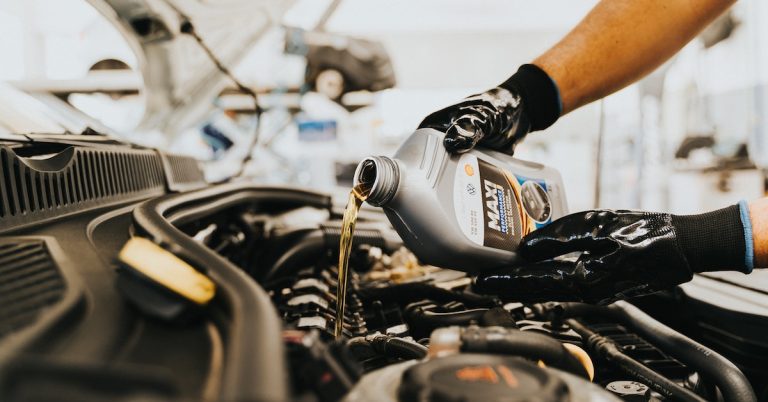You can drive a car continuously for around 8-12 hours, depending on your stamina and road conditions. Driving a car continuously for long periods can be physically and mentally exhausting.
It is important to take breaks every couple of hours to rest, stretch, and avoid fatigue. Continuous driving can lead to reduced alertness, slower reaction times, and increased risk of accidents. Factors such as traffic congestion, weather conditions, and driving experience also play a role in determining how long one can drive continuously.
Understanding and respecting your own limitations and the importance of safe driving practices is crucial for a successful and enjoyable road trip.
Factors That Affect The Duration Of Continuous Car Driving
Factors that Affect the Duration of Continuous Car Driving:
| Vehicle Maintenance | Driver Fatigue and Capability |
| – Regular oil changes | – Impact of sleep deprivation |
| – Adequate coolant levels | – Importance of breaks and rest stops |
| – Functional brakes and tires | – Effects of distractions on driving |
| – Proper engine conditions |
Ensuring proper vehicle maintenance is crucial for long drives. This includes regular oil changes to keep the engine running smoothly, maintaining adequate coolant levels to prevent overheating, ensuring functional brakes and tires for optimum safety, and keeping the engine in good condition.
Driver fatigue and capability play a significant role in determining how long one can drive continuously. The impact of sleep deprivation on driving abilities should not be underestimated. Taking regular breaks and rest stops can help combat fatigue, allowing the driver to stay alert throughout the journey. Additionally, minimizing distractions while driving is essential for maintaining focus on the road.
Legal and Safety Considerations for Continuous Car Driving
When driving for long periods, it is crucial to adhere to speed limits to ensure safety and avoid penalties. Additionally, familiarize yourself with overtime driving regulations, as some jurisdictions have specific restrictions on hours driven consecutively.
Adequate rest periods are essential for both driver performance and safety. Familiarize yourself with the rest period requirements mandated by traffic laws, as taking breaks at regular intervals is necessary to combat fatigue and maintain alertness.
Proper seatbelt usage is a fundamental safety practice that should never be disregarded. Ensure all passengers wear their seatbelts correctly throughout the journey.
Moreover, maintaining a proper sitting posture can help prevent backaches and discomfort during long drives. Adjust your seat and steering wheel to ensure an ergonomic driving position.
Additionally, taking preventive measures for driver discomfort is essential. This includes staying hydrated, avoiding heavy meals, and incorporating stretching exercises or short walks during breaks to reduce muscle stiffness.
Ideal Duration And Tips For Continuous Car Driving
When embarking on a long car journey, it is essential to consider the recommended length of continuous driving to ensure both comfort and safety. For different drivers, optimal time durations may vary. Factors such as driver experience, physical fitness, and overall well-being should be taken into account when determining the ideal duration.
One key aspect is balancing comfort and safety. Investing in adjustable seating and lumbar support can significantly enhance both aspects. Utilizing cruise control can also alleviate fatigue by allowing the driver to maintain a consistent speed without excessive footwork.
Staying hydrated and having snacks on hand is vital for sustained focus and energy. Additionally, engaging in conversation or listening to music can help keep drivers alert and engaged. It is advisable to avoid heavy meals and alcohol consumption as these can induce drowsiness.
Lastly, utilizing rest areas and scenic stops not only gives drivers a chance to rest but also provides an opportunity to stretch their legs and rejuvenate their minds.
Conclusion
The duration of continuous driving can vary depending on various factors such as driver fatigue, road conditions, and the overall health of the vehicle. While it’s essential to take breaks and rest when necessary, there isn’t a set time limit for continuous driving.
It’s important to prioritize safety and listen to your body’s needs to ensure a smooth and enjoyable journey. Remember to plan your trips carefully, stay aware, and make sure to stop and rest whenever needed. Safe travels!







